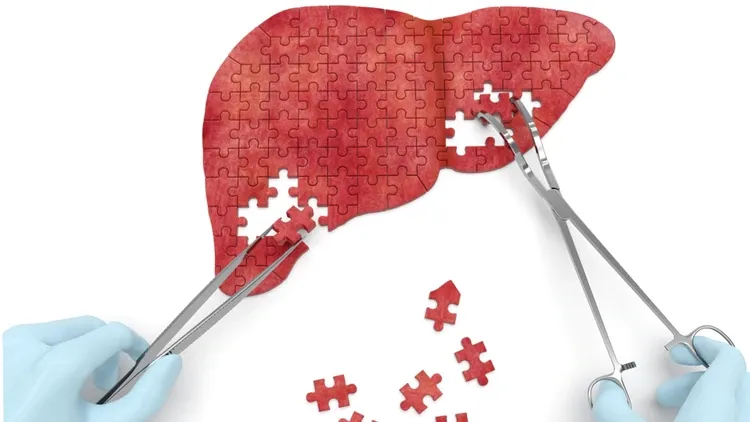Researchers at the Prince Felipe Research Center (CIPF) and the CIBER of diabetes and associated metabolic diseases (CIBERDEM), led by Luke Noon have shown how insulin has a key role in the liver repair process during chronic damage.According to the new study, published in PLOS Biology magazine, insulin resistance, a very common condition and closely associated with metabolic disease and type 2 diabetes mellitus, would reduce the ability of stem cells to respond to damage andGenerate new cells that allow hepatic tissue repair.
"These results suggest that patients with metabolic disease are more susceptible to liver damage because they are unable to correctly regenerate the liver," explains Dr. Noon, researcher Ramón and Cajal Del Ciber of Diabetes and Metabolic Diseases associated in the CIPF.And he adds, "the study supports, therefore, the prospecting that the development of liver disease in patients with metabolic disease could be driven by a failure in communication between different cell types involved in the regenerative response."
"Signals" to repair the liver
Study data show that the loss of functionality of stem cells is triggered by a decrease in FGF7 levels, a signaling molecule produced by the healing tissue cells that surround stem cells.After the damage, FGF7 acts as a “repair signal” that is sent by the healing tissue cells and received by the stem cells helping to direct the regenerative response.The study reveals that, in the case of insulin -resistant mouse liver, the healing tissue not only produces less FGF7, but also the sensitivity to FGF7 of the stem cells is lower, which prevents proper communication between these twoGroups of cells so essential for liver repair machinery.
In accordance with the results obtained from mice with insulin resistance, the elimination of an essential gene for insulin signage also reduced in the human cells of the liver scar tissue the levels of FGF7 and caused, in the human stem cells of the humanLiver, a loss of its sensitivity by FGF7 reducing its ability to generate healthy tissue and heal.Fact that suggests that insulin resistance could favor tissue healing above its regeneration and that coincides with the growing incidence of hepatic healing/fibrosis in patients with metabolic disease.
According to Dr. Noon, the “helps explain the links already established between insulin resistance and chronic liver disease while highlighting the potential for future therapeutic interventions using FGF7 to promote liver repair”.
In recognition of the potential of these findings, Dr. Noon has already been invited to present his data at the “FGF Fusion” conference that will take place this year in February ( Link and has established a new and exciting collaboration between its group and the UT Southwestern Medical Center (Texas, USA) to investigate the possible impact of its model on liver cancer. ”
